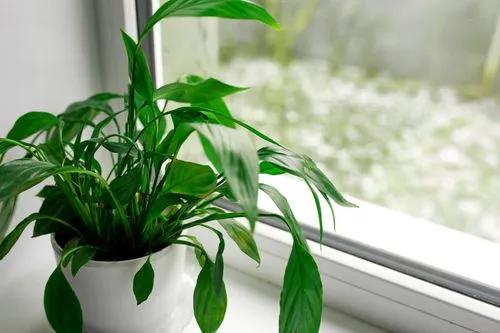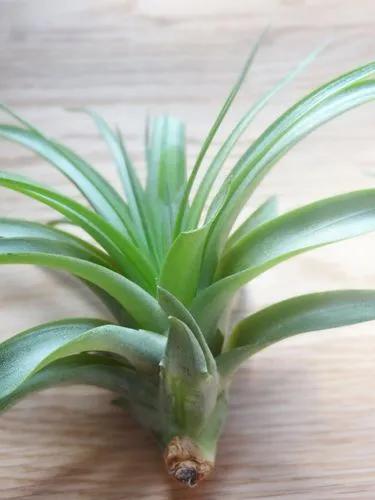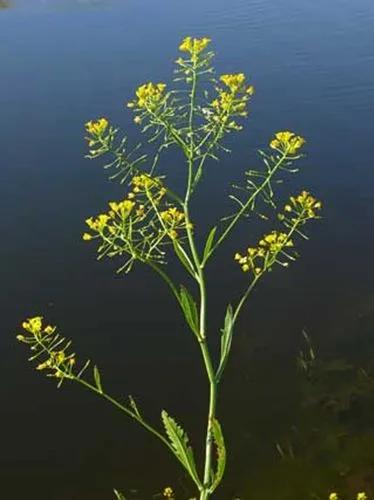Miniature roses are true roses, bred to stay small in size. They also have smaller flowers than standard rose bushes. Despite their small size, miniature roses are extremely hardy. In fact, they are more winter hardy than most tea roses.
Mini Roses Care
Rosa spp.



Miniature roses tend to be profuse repeat bloomers. The genetic parentage of miniature roses can be difficult to define since they have been in cultivation since the 17th century, but most originated as genetic mutations of Old Garden Roses (Rosa gallica and Rosa centifolia), or China roses (Rosa chinensis). Most types now grown are the result of extensive breeding and are quite divorced from the original native species. All miniature roses work well in a border or as edging. However, they are especially nice as specimen plants in containers, where they can be brought closer to eye level and truly be seen and appreciated.
How to Care for the Plant

Water

Like other container plants growing miniature roses indoors requires regular watering. Knowing how often to water houseplants can be difficult. Water only when a top 5 cm (2 inch) of soil feels dry to a touch. This prevents a soil from becominging overly waterlogged and a plants from developing root rot or a fungal infection.

Pruning

It is important because damaged leaves and stems can actually be an energy drain on your plant. By removing those dead parts, you're taking some of that work off your plant’s plate and allowing it to divert its energy into healthy leaves and new growth!

Fertilizer

Use a fertilizer formulated specifically for your plant. Avoid over-fertilizing and follow the instruction on the label.

Sunlight

This plant needs a lot of sunlight, but it has to be protected from the strongest rays of the sun.

Soil

Loose, light, humus soil is ideal for this plant.

Temperature

These roses can survive freezing temperatures but if temperatures regularly fall below 10°F (–12°C), they’ll suffer less damage and thrive more readily if you mulch the base of the plant with leaves for winter protection.

Container

When choosing a pot, choose a pot that is 2.5-5 cm (1-2”) larger than the current size. Ceramic pots are porous which means your plants are less likely to experience root rot from overwatering. It also means you'll have to water more often. Plastic pots are lighter, less likely to break, and easier to clean.

Popularity

5,179 people already have this plant 1,094 people have added this plant to their wishlists
Discover more plants with the list below
Related articles






